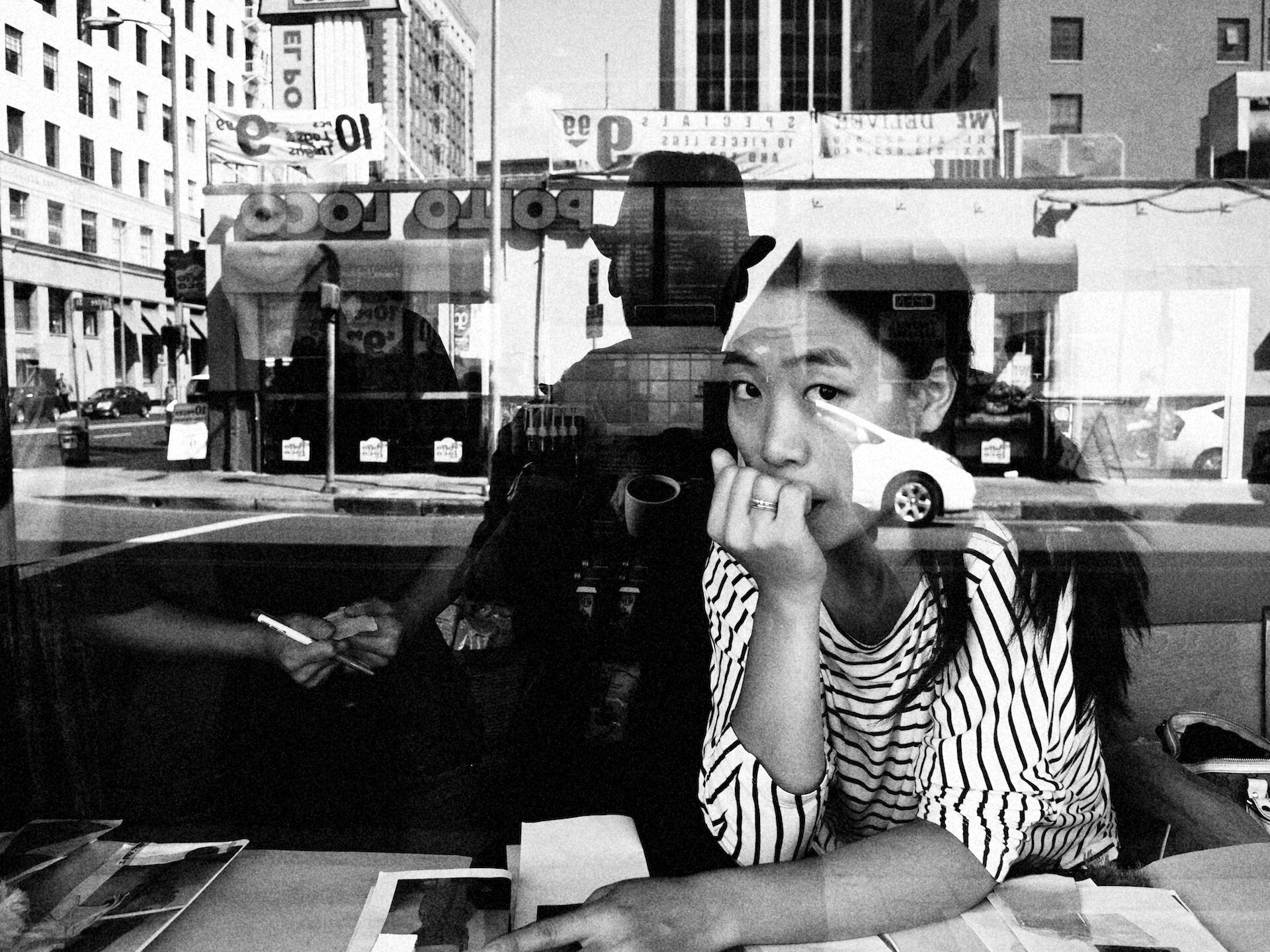To crop or not to crop: that is the problem!
I try to explain my idea about cropping in street photography
The controversy spreads on threads
On the new social network made by meta is full of wannabes and people without a clue of photography. Sometimes it appears like an old board pre-facebook, but with even more childish attitudes and the bad energy typical of this post pandemic era where a lot of people angrey with themselves vent their frustrations on others, so when I just affirmed that is “stupid to think to buy a Full Frame camera because that way they can make all the cropping they want” attacks began. One stated that people like me shouldn't exist on threads, effectively calling for a censorship ban, in a sort of “SS of the social” attitude. Another presented 3 meh photos underexposed, not even street photography, but photos on the street showing that the dude doesn’t have a clue what is the difference and sayng that I have average work. Another one, a YouTuber, posted a contact sheet by Elliott Erwitt showing where he indicated to crop…through a pathetic attempt to pass myself off as a rules Taliban when I am not one at all.
The Art of Composition: Why Cropping in Street Photography Might Limit You
Recently, a discussion around cropping in street photography sparked heated debate, with some expressing frustration towards my stance. While acknowledging that cropping can be a valuable learning tool for beginners, I firmly believe that street photography flourishes with in-camera composition. This is not a call for censorship, but rather an invitation to embrace a specific approach and explore its potential benefits.
Understanding the Context:
It's crucial to remember that street photography is often non-commercial, serving primarily as a training ground for photographers to hone their skills. This distinction is important because it allows us to prioritize growth and learning over achieving a specific aesthetic for a client.
Why Avoid the Crop?
There are several reasons why I advocate for a "no crop" approach in street photography, especially for those seeking to develop their craft:
Encourages Active Seeing: When you rely solely on in-camera composition, you become more observant of your surroundings. You actively search for compelling compositions, engaging with the scene and its elements in a different way.
Boosts Framing Discipline: The physical limitations of the frame force you to be intentional and decisive in your shot selection. You learn to anticipate moments, move your body, and position yourself to capture the image you envision.
Sharpens Compositional Skills: By focusing on composing within the frame, you develop a deeper understanding of composition principles like leading lines, negative space, andposition respect to the subject. This knowledge translates to all aspects of your photography, not just street shooting. And I can see as an experienced photographer, photo editor and photo coach the importance of learning through the practice of street photography to improve as photographers.
Learning to See, Not Just Shoot:
Cropping can undoubtedly be a useful tool, especially for beginners learning to identify strong compositions. However, in street photography, relying heavily on post-processing can hinder your development as a photographer. By embracing the challenge of in-camera composition, you cultivate the ability to "see" photographs in the world around you, not just capture them.
This is not about a rigid "no cropping" rule. It's about consciously choosing when and why to crop, and understanding the potential benefits of mastering in-camera composition for artistic growth and creative development. Let's embrace diverse approaches while fostering open and respectful dialogue within the photographic community.
With that said:
Usually we use prime lenses when we make street photos: 28mm, 35mm, 50mm. What I said is perfectly normal and usually recognized (evidently not by those who have serious problems taking a decent photo) and is part of the learning scale: by using a prime lens we should walk and change the position in respect to the scene in order to have a better composition. That is where we learn a lot as photographers: to solve the visual equation by framing. I just said that is wrong the idea to think: “OK, I take the photo and then I will crop in post” just like is wrong to think to adjust a mediocre photograph in post production in order to have an accetable image.
But even more than that:
Street Photography lives on the imponderable, the energy of the moment, captured instinctively, not staged. That is why the academic approach doesn’t work. Too many photographers improvise on street photography, and they are extremely slow. And that is a big problem if you want to make something good with street photography.
As a photo coach specialized in street photography:
One of the crucial points that I discuss during my courses is precisely that of composing well while framing to already obtain a good photo. With me photographers learn how to have a good street photograph, through acquiring an ability to observe, pre-visualize a scene and be ready to obtain a photo that above all shows the intent to the observer.
This is obviously not easy.
And obviously you also need to have talent to photograph something in a few moments, managing to get a good photo that doesn't need a lot of post-production work.
And perhaps this is precisely the problem of these gentlemen. The lack of talent.
The moment they read my sentence about the choice of full frame linked to being able to crop they went crazy. Because I nailed it.


